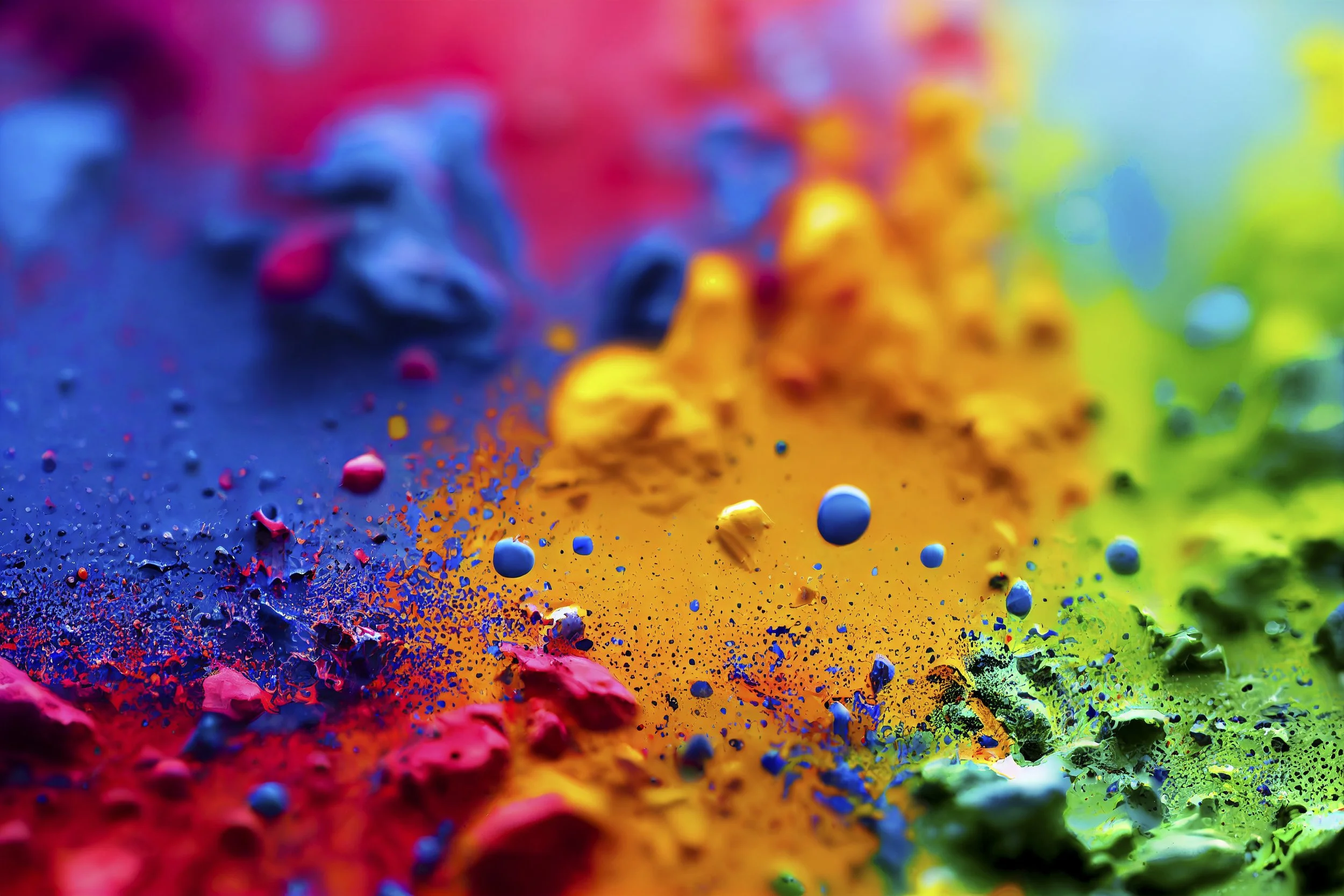Decoding the Influence: Psychology of Colour in Branding and Selecting the Perfect Palette for Your Business
Decoding the Influence: Psychology of Colour in Branding and Selecting the Perfect Palette for Your Business
In the realm of branding, colour isn't merely a visual element; it's a powerful communicator that taps into the subconscious mind, evoking emotions, associations, and perceptions. Understanding the psychology of colour is key to crafting a brand identity that resonates with your audience and effectively communicates your message. In this article, we'll delve into the fascinating world of color psychology in branding and provide practical tips on how to choose the right colour palette for your business.
Unveiling the Psychology of Colour
Red: Symbolizing passion, energy, and excitement, red grabs attention and stimulates action. It's often used by brands seeking to convey a sense of urgency or evoke strong emotions.
Blue: Associated with trust, reliability, and professionalism, blue instills a sense of calmness and competence. It's a popular choice for brands aiming to establish trust and credibility with their audience.
Yellow: Radiating warmth, optimism, and cheerfulness, yellow exudes positivity and friendliness. Brands looking to convey a sense of joy and approachability often incorporate yellow into their branding.
Green: Symbolizing nature, growth, and sustainability, green evokes feelings of harmony and balance. It's commonly used by eco-friendly brands and those in the health and wellness industry.
Purple: Representing luxury, creativity, and royalty, purple conveys a sense of elegance and sophistication. It's often chosen by brands targeting upscale or creative audiences.
Orange: Combining the energy of red with the cheerfulness of yellow, orange represents enthusiasm, creativity, and vitality. It's used by brands looking to inject excitement and innovation into their identity.
Choosing the Right Palette for Your Business
Understand Your Brand Identity: Start by defining your brand's personality, values, and target audience. Consider the emotions and perceptions you want to evoke and how they align with your brand identity.
Research Your Audience: Explore the preferences, demographics, and psychographics of your target audience. What colors resonate with them? How do you want them to feel when they interact with your brand?
Consider Industry Standards: Analyze the color palettes used by competitors and industry leaders. While differentiation is important, ensure your colors are relevant to your industry and convey the right message.
Test and Iterate: Experiment with different color combinations and gather feedback from stakeholders and potential customers. Test your palette across various touchpoints, such as logos, websites, and marketing materials, to ensure consistency and effectiveness.
Stay True to Your Brand: Ultimately, choose colors that authentically represent your brand's identity and values. Don't chase trends or popularity; instead, focus on creating a palette that is timeless, memorable, and true to your brand story.
Case Study: Starbucks
Brand Identity: Starbucks is known for its warm, inviting atmosphere and commitment to sustainability. Color Palette: Green and White Psychological Implications: The green color symbolizes growth, freshness, and harmony, reflecting Starbucks' connection to nature and commitment to quality. The white color conveys simplicity, cleanliness, and purity, enhancing the brand's premium image.
Conclusion
Color is a potent tool in branding, capable of evoking emotions, shaping perceptions, and influencing consumer behavior. By understanding the psychology of color and carefully selecting the right palette for your business, you can create a brand identity that resonates with your audience, fosters trust and loyalty, and sets you apart from the competition. Whether you opt for bold and vibrant hues or subtle and sophisticated tones, the key is to align your colors with your brand's personality and objectives, creating a cohesive and memorable brand experience for your customers.

